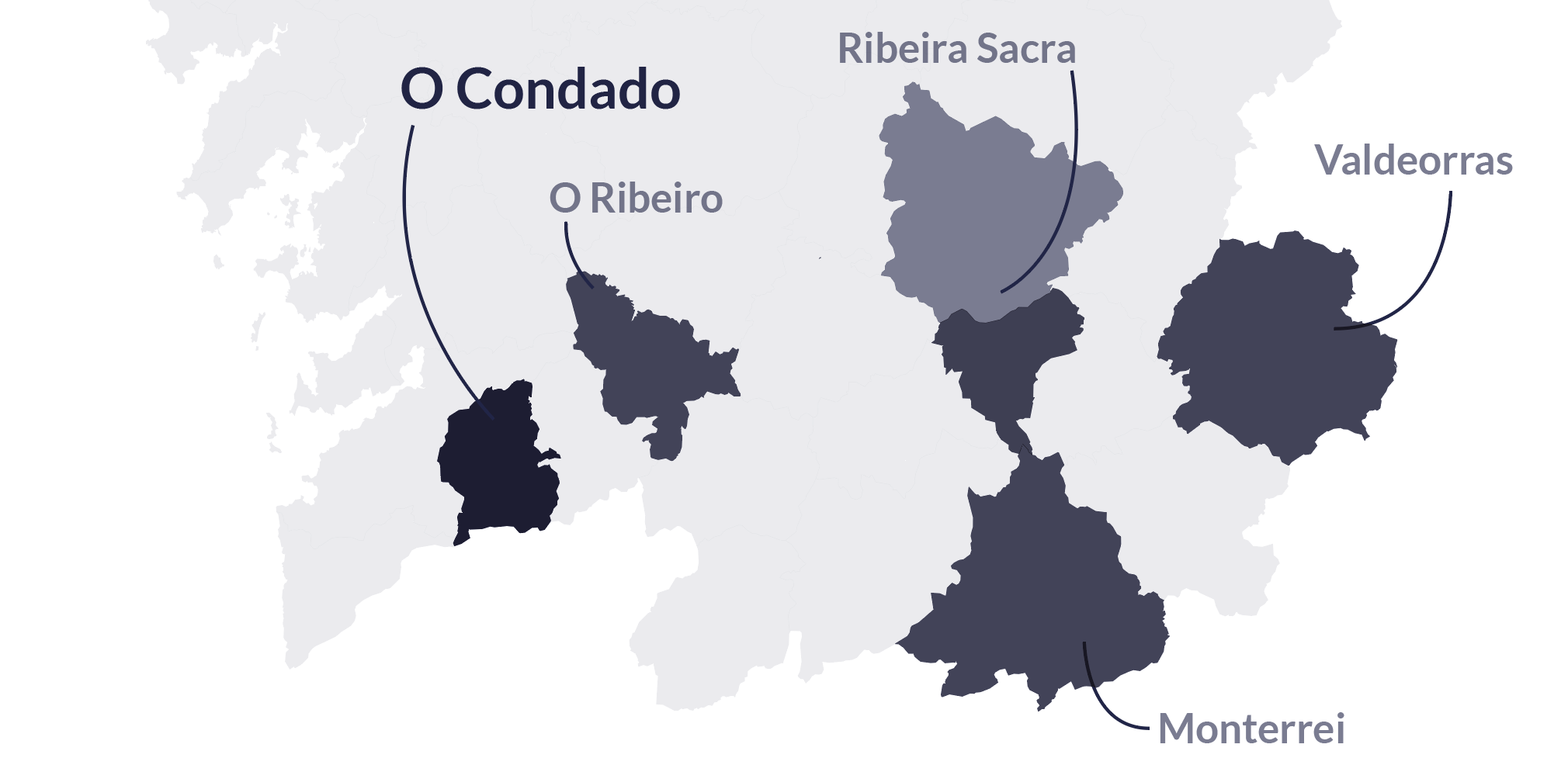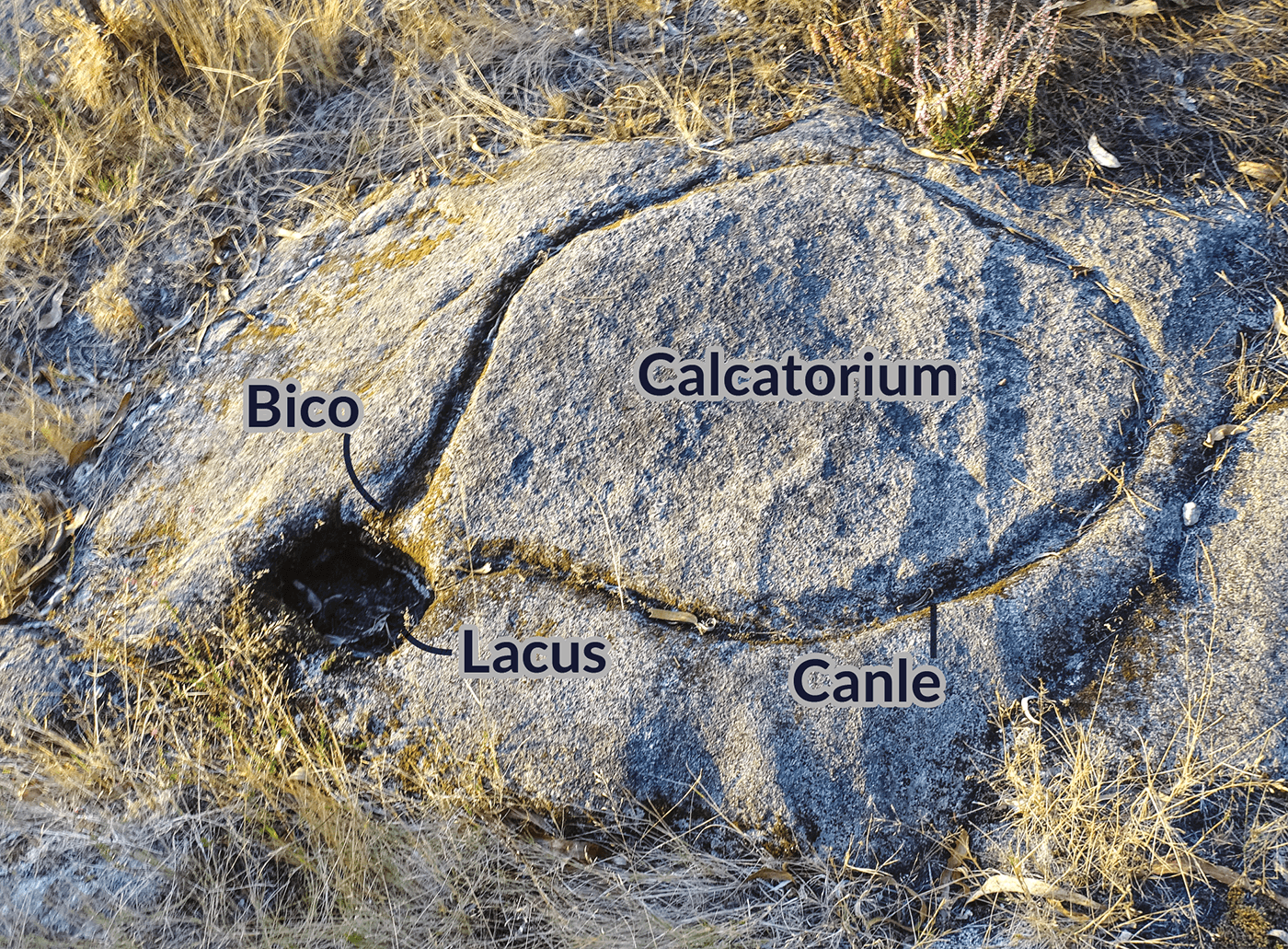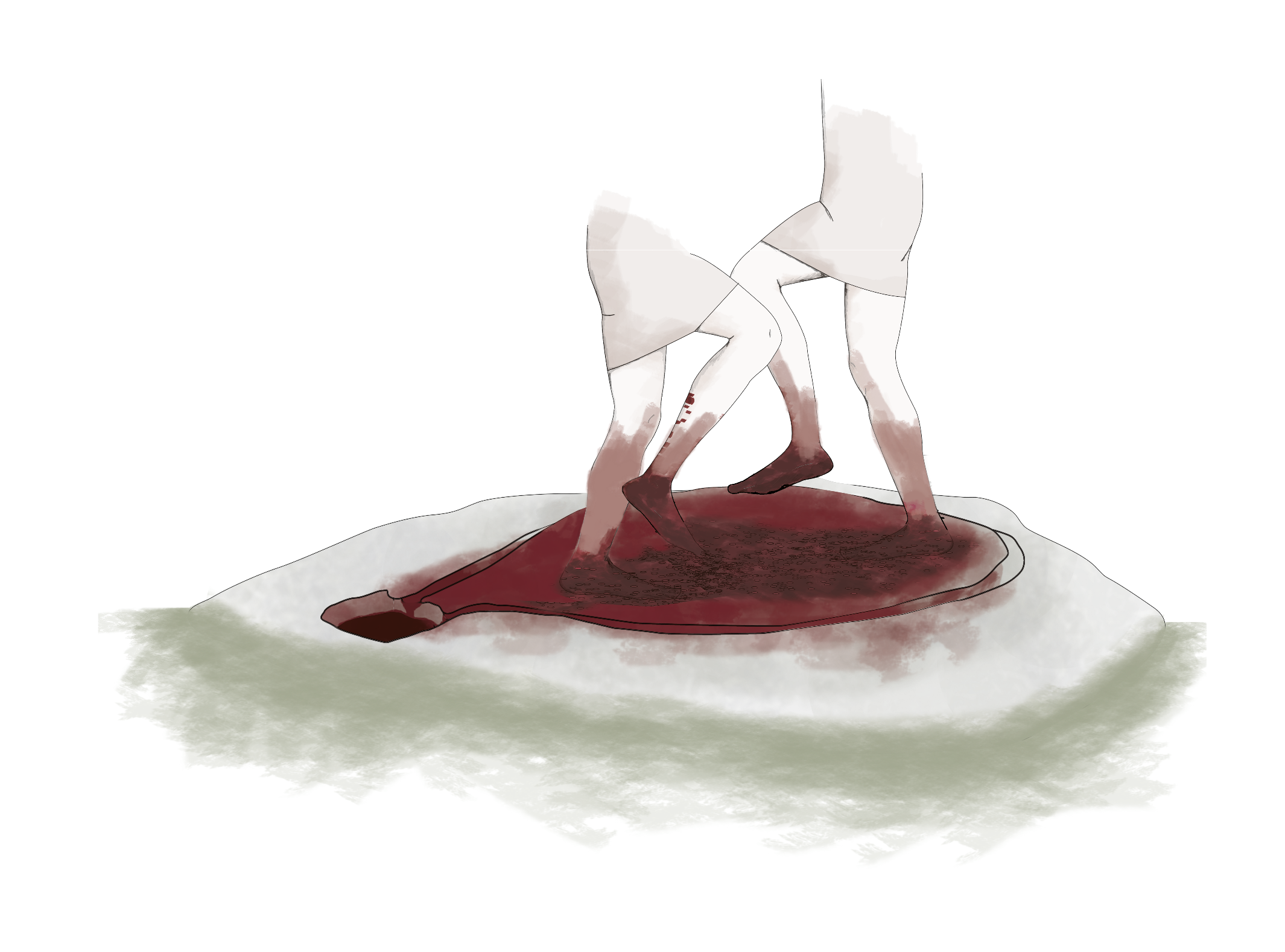
Ideal reconstruction of a rustic Roman villa.
A Roman and early medieval legacy
The Roman influence on the viticulture of our region is not only evident in the existence of these wine presses, but also in the wine-making culture that endured over the centuries. After the fall of the Roman Empire, many of the winemaking techniques introduced by the Romans were maintained and adapted by the local communities. The abandonment of forts such as Altamira led to the transfer of winemaking to the villae rusticae or country villas, a rural residence dedicated to the production of agricultural and livestock products in which the owner (the dominus) also took up residence along with his family and servants. During the Middle Ages, wine production continued to be an essential activity in the rural economy of Galicia and the Condado region, firstly in the small early medieval rural convents (Guillade, Albeos, Riofrío, Angoares, etc.) and later in the large monasteries (A Franqueira and Melón), playing a fundamental role in the cultivation of vines and the improvement of winemaking techniques.

Detail of the mosaic of the grape stompers found in the House of the Amphitheater in Mérida.
Conclusions
The cave wine presses are a direct link to the history of Romanisation in Galicia and the legacy that this civilisation left on local viticulture. These archaic winemaking structures, scattered across the landscape around hill forts, Roman villas and early medieval monasteries, reveal a winemaking tradition that lasted for a millennium.
The wine presses of Coto do Mouro de Taboexa show that the roots of winemaking go back to the Iron Age and Romanisation, when the population lived in fortified forts or villages such as Altamira.
Nowadays, O Condado do Tea is a sub-area of the Rías Baixas DO. It occupies the municipalities on the right slope of the river Miño: Salvaterra de Miño, Arbo, As Neves, Crecente, Ponteareas, Salceda de Caselas and a part of Tui and Mos.




